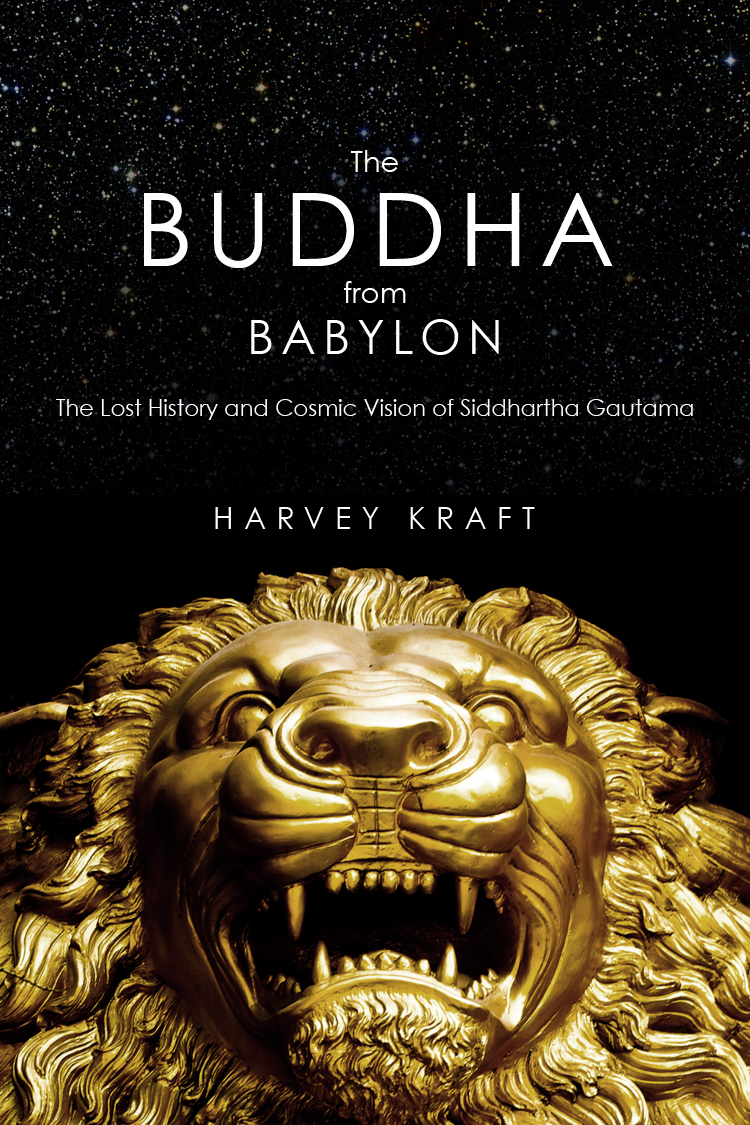Buddha Is the Seed, Buddhism Is the Branches
/Siddhartha Gautama, known as the historical Buddha, lived some 2,500 years ago. No one is exactly sure about his Teachings, known as the Buddha-Dharma, as we have not found written documents from his lifetime. But, there is general agreement among most Buddhists as to certain doctrines associated with him.
The rest of what is believed about him is extracted from sutras, legends and mythology recorded after his passing, but these documents do hold a treasure of clues.
The earliest Buddhists had been persecuted. They were forced to move to various lands across eastern Asia with one stream migrating south and another to the north. Wherever Buddhism landed it adapted to local cultures, and this is why Buddhism survived.
As a result, there are many branches of Buddhism called sects. Each sect emphasizes a different aspect of the Buddha's Teaching, practice and purpose.
Today, Buddhists sects from various Asian countries have found their way to the Americas, Europe and Africa as Buddhists immigrated out of Asia bringing with them their distinctive expression of the religion. These branches have been able to attract many native converts with the universal messages of peace, compassion, and psychological well-being.
While survival for more than two millenia required the development of many forms of communal ritual and personal practice, the global migration of Buddhism and its encounter with scientific knowledge presents a new opportunity to look at Buddhism through the eyes of the Buddha. There are many hurdles to overcome in exploring what his original views could have been so long ago, but now we can examine his vision from a new standpoint.
While most Buddhists understandably believe that he attained an all-knowing knowledge in an isolated vision, perhaps with only a Vedic education, we now have evidence that there is more, much more, to his story, his influences, and his cosmic intentions.
As Buddhism's branches spread across the world, it is becoming increasingly compelling to look back in time into its origin. Archaeological views of ancient history, particularly in the cradle of world religions during the Axial Age, may shed new light on Buddhism. Perhaps we will find there common roots—connecting the seed of the Buddha with religions that came before him and those that followed. For an inquisitive global community living in the age of scientific exploration, it would be a great discovery if we could learn that everyone in the modern world shares a common source of beliefs, greater in scope than we ever imagined.




